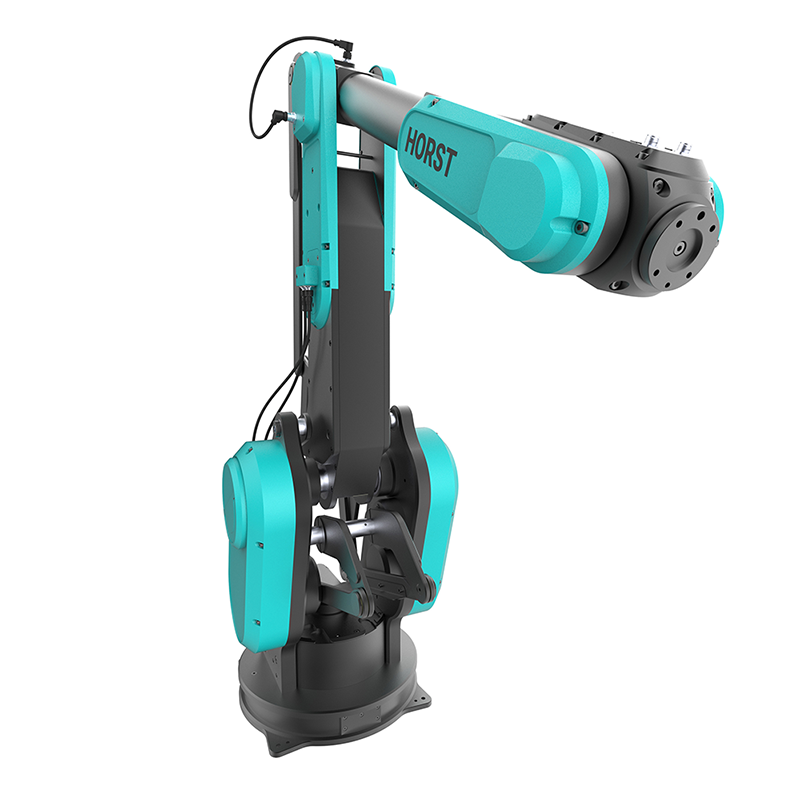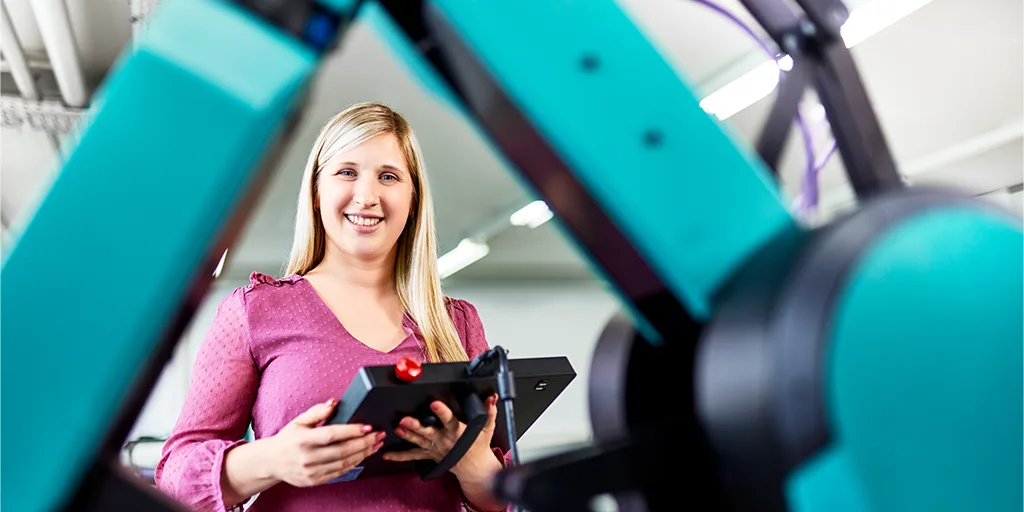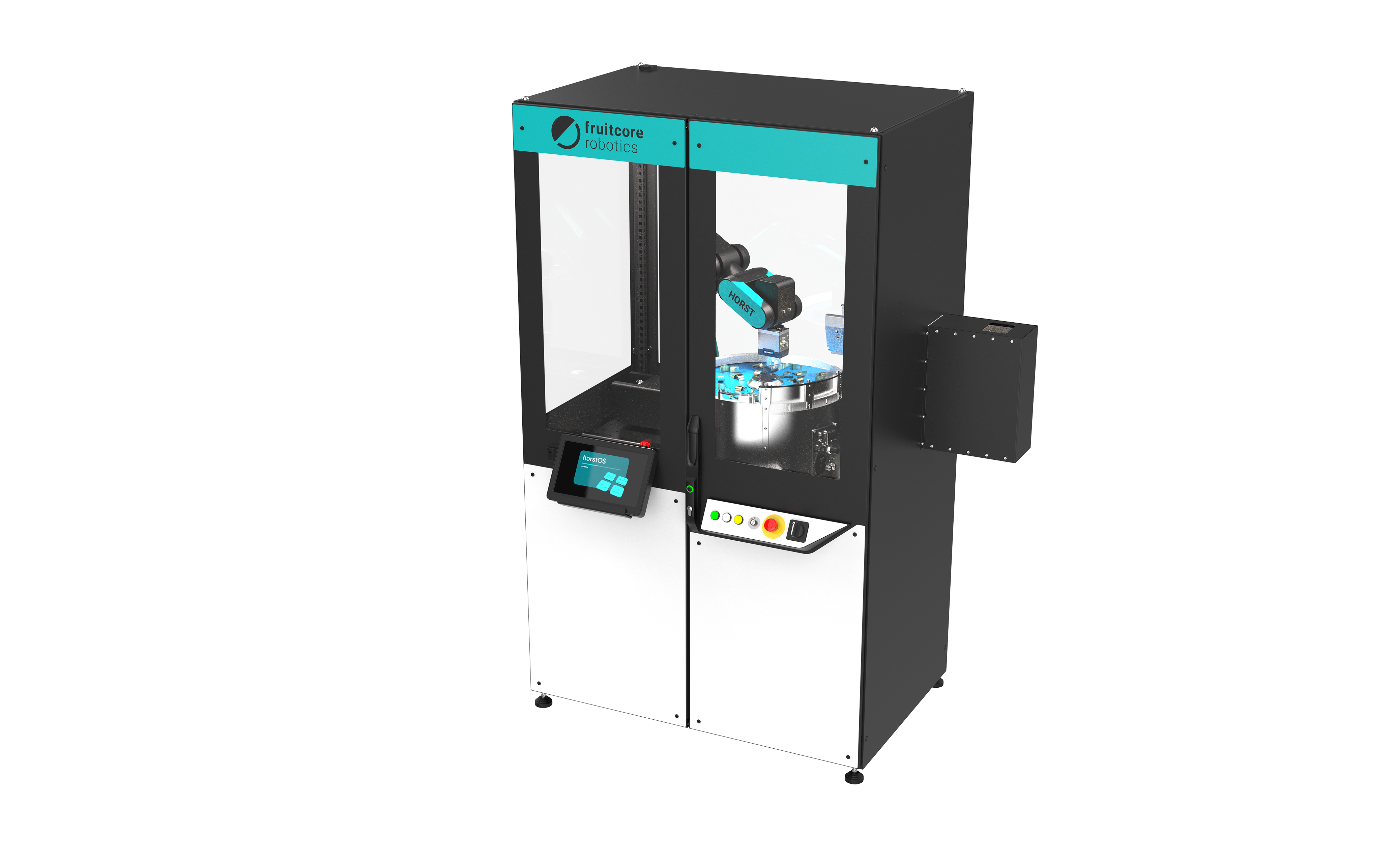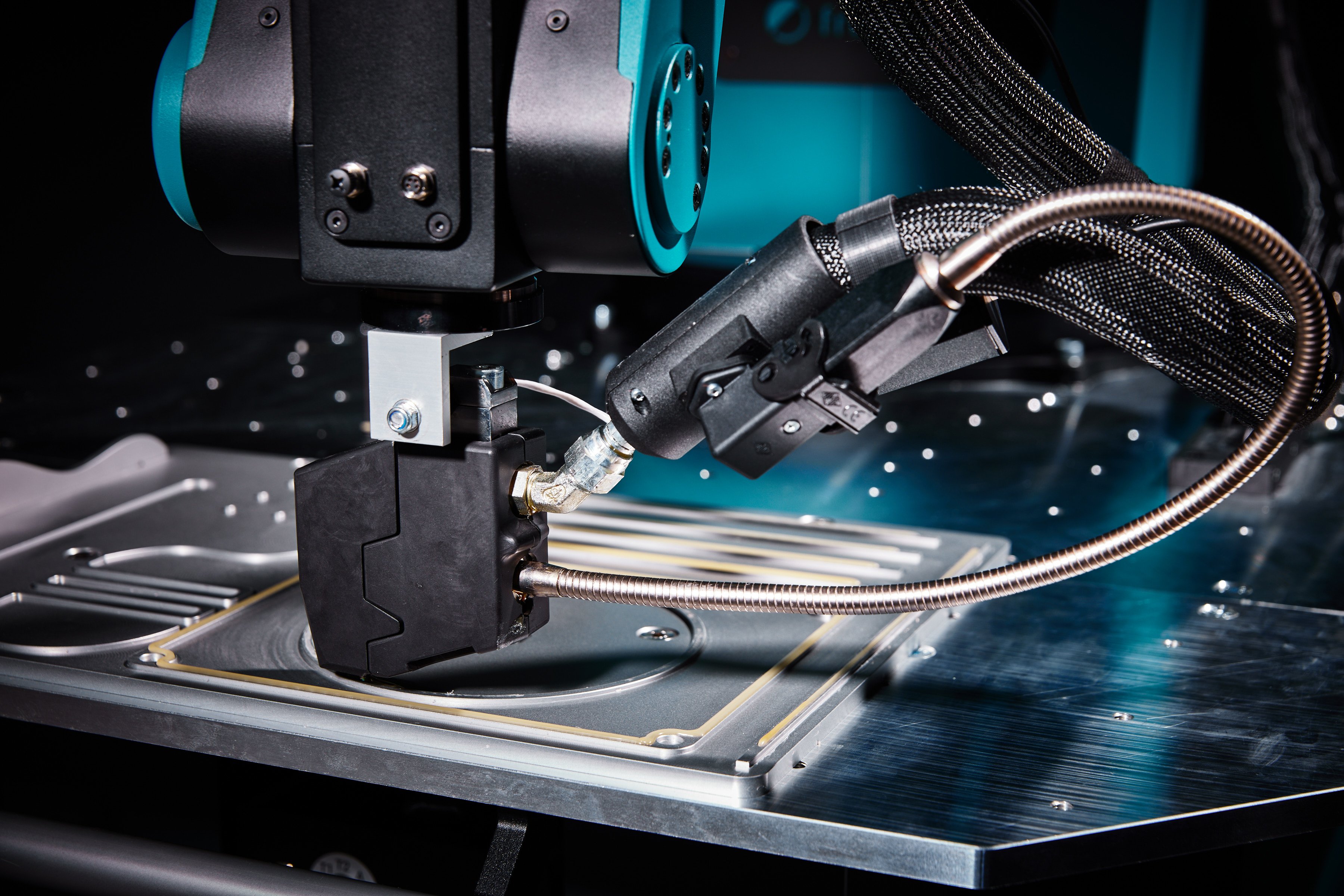 Article
Article
fruitcore robotics presents HORST1500, the new generation of its digital robots
fruitcore robotics, a pioneer in the field of AI-supported automation solutions, is expanding its...
What comes to mind when you hear the term "industrial robot"? Perhaps, like most people, you envision giant machines. It's no wonder that many smaller or medium-sized enterprises might immediately dismiss the idea: an industrial robot in their own operation? Here, you'll learn how it's done!
Geposted von:

Markus Mayr

What comes to mind when you hear the term "industrial robot"? Perhaps, like most people, you envision giant machines. It's no wonder that many smaller or medium-sized enterprises might immediately dismiss the idea: an industrial robot in their own operation? Here, you'll learn how it's done!
Certainly, the integration of automated production processes can mark the beginning of a new era in the history of small and medium-sized enterprises (SMEs). However, there's no need to be hesitant. Getting started with robot-based automation and digitization can be simple and small-scale. If you look closely, there are plenty of areas and use cases within SMEs where an industrial robot can make work easier and take over tasks. Just think about the repetitive tasks that currently tie up manpower, which could be better utilized in other areas during times of skilled labor shortages! Modern industrial robots are versatile – certainly applicable in your company as well!
Just take a moment to ask yourself: Where in my company do valuable employees handle monotonous, constantly repeating tasks? And wouldn't these human workers be more effectively utilized in other areas?
More and more professionals and managers from medium-sized enterprises are answering this with a resounding yes. This is evidenced, among other things, by the results of a survey conducted in April 2022 on the topic of digital robots in SMEs..Digital Robots, these are small, digital, and interconnected robots. Already, half of the respondents either own a robot or plan to do so in the near future. Correspondingly, sales figures are on the rise. In Europe alone, around 78,000 new robots were added in 2021.
Equipped with appropriate suction cups or grippers, robots can pick up any object, regardless of its shape or texture. This starts with basic pick-and-place tasks. With the support of vibrating tables or cameras, even correct extraction from unsorted collections is possible.
In conjunction with a camera system, this can even be achieved from a box: robots can extract the sought-after part from a box containing several unsorted pieces and then sort them into a tray for further processing.
Of course, this can also be done at the end of the production line: at the end-of-line, robots can extract finished workpieces from processing and then sort them for further transport or delivery.
Industrial robots can also be integrated into the production process, bringing their full effectiveness to bear. Given the shortage of skilled labor, the question arises more than ever: Is it really necessary, let alone productive, for a human to manually operate machines? This includes tasks such as handling the workpiece, opening a door to a machine, placing the workpiece inside, initiating the processing, opening the door again, and removing the processed part...
It's a rhetorical question: These are steps that a digital robot can easily take over without any issues or significant investments. Whether in connection with a milling machine, an injection molding machine, or a laser marking system: robots can communicate with external machines as a matter of course - just like how it works with human workers.
Repetitive, monotonous tasks, which are often neither ergonomic nor attractive for human workers, can be easily taken over by an industrial robot. Colleague Robot doesn't need to worry about its back, nor does it have the desire for a varied workday. It performs tasks consistently and at a constant quality without loss of concentration. The freed-up human workforce can be utilized within the company for more demanding and important tasks. Quality improves, benefiting both the company and its employees.
The inspection of workpieces and quality control can also be taken over by an industrial robot. Whether it's measuring, gauging, or non-contact inspection, industrial robots can handle complex processes as well as simple pass/fail tests.
What sets industrial robots apart in workpiece inspection is their ability to maintain concentration. When combined with effectors or external systems, such as visually operating systems, robots perform all pass and fail checks. They measure or inspect surfaces and sort workpieces.
Making mistakes is human, and it's not the end of the world. However, in the industrial sector, even the slightest disruptions under high performance and speed can lead to changes in measurement values. With very high repeatability, industrial robots carry out inspections with extreme precision, thus ensuring consistent quality in workpiece inspection.
With uniform motion sequences and the associated precise positioning of workpieces, robots ensure that inaccuracies and user errors can be excluded. This reduces pressure on employees, allowing them to focus on tasks that suit them better. The reliability of inspection results can be significantly increased.
These are just some of the many tasks that a robot can take on. Perhaps you've already found yourself in one of these situations?
You've now learned more about what modern industrial robots tailored to the needs of small and medium-sized enterprises can achieve. The question arises: How can all of this work without prior programming knowledge or robotics experience?
It's clear: no medium-sized business has the time or financial resources to invest in extensive training or elaborate courses for operating an industrial robot. That's why an increasing number of industrial robot manufacturers set the goal: operation should be as easy as using a smartphone.
Many digital robots now come equipped with touchscreens featuring specially programmed software. Thanks to digital twins of the robot displayed on the screen, users don't need to be able to code. It's sufficient to draw the respective tasks graphically using multiple waypoints. Thanks to Industrial Internet of Things platforms (IIoT), a company can transparently track the work of its robots or get in touch with the manufacturer at any time.
Modern industrial robots of the new generation, therefore, operate in a synergy of hardware and software, as well as IIoT platforms provided by manufacturers.
To familiarize yourself with the topics of automation, digitization, and robotics in your own company, it's valuable and important to look beyond your own sphere. Engage with your industry or association. Pay attention at conferences to what competitors are already implementing. Stay updated through trade publications.
Which company solved which problem with which robotic system? This way, you can sharpen your focus on your own needs and leverage the advantage of modern, compact digital robots: their versatile, personalized applications.
There have been other companies that faced the question: Is an industrial robot sensible for us, and if so, in which area and for what tasks? The successful implementation of robot-based automation, and thereby a significant step towards digitization, is possible and likely - even for small and medium-sized companies.
Are you still unsure about how your company can enter automation with intelligent Digital Robots? No problem! Our robotics experts are here to help. Together, we can explore how industrial robots can be a crucial asset for you.
 Article
Article
fruitcore robotics, a pioneer in the field of AI-supported automation solutions, is expanding its...

Sylvie Rest
March 14, 2024
 Article
Article
With the new Solution Kit Part Separation with 2D Grasping-Kit, the partners fruitcore robotics...

Sylvie Rest
February 20, 2024
 Article
Article
fruitcore robotics is rolling out a new software update for its intelligent HORST industrial...

Sylvie Rest
November 15, 2023